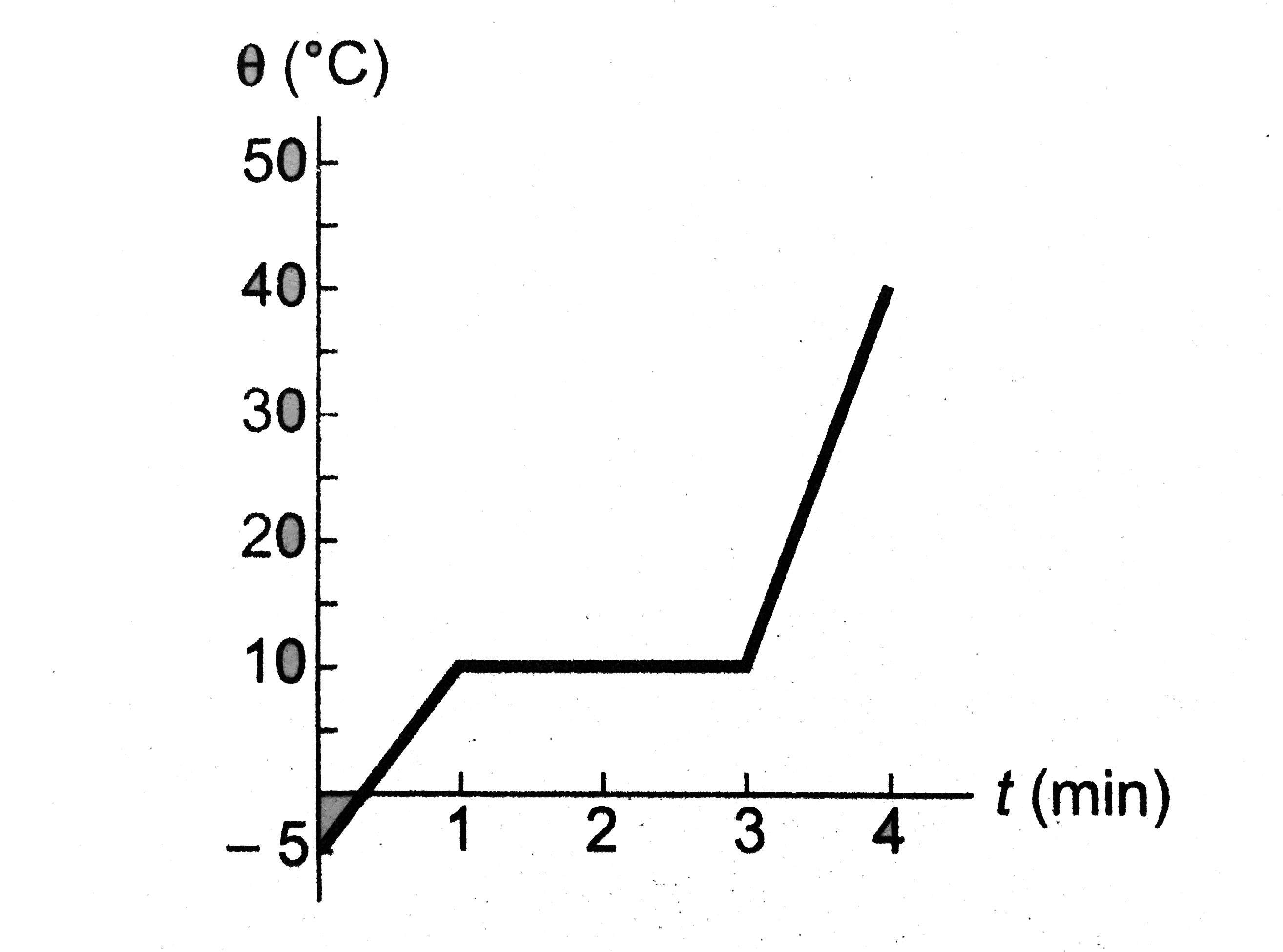Five equal forces of 10N each are applied at one point and all are lying one plane. If the angles between them are equal, the resultant force will be
zero
10N
20N
10√2N
The correct Answer is:A
To solve the problem of finding the resultant force when five equal forces of 10 N each are applied at one point with equal angles between them, we can follow these steps:
1. Understanding the Forces: We have five equal forces, each of 10 N, acting at a point in the same plane. The angles between each force are equal.
2. Identifying the Angles: Since there are five forces, the total angle around the point is 360 degrees. Therefore, the angle between each force can be calculated as:
Angle between forces=360∘5=72∘
3. Applying the Polygon Law of Vector Addition: When forces are applied at equal angles, they can be represented as vectors forming a closed polygon. In this case, with five vectors of equal magnitude and equal angles, they will form a regular pentagon.
4. Resultant of a Closed Polygon: According to the polygon law of vector addition, if the vectors form a closed shape (like a regular pentagon), the resultant of these vectors is zero. This is because the vectors cancel each other out.
5. Conclusion: Therefore, the resultant force when five equal forces of 10 N each are applied at equal angles is:
Resultant Force=0N
Final Answer:
The resultant force is 0 N.
Angle between forces=360∘5=72∘
Resultant Force=0N
The resultant force is 0 N.
Topper's Solved these Questions
Similar Questions
Find the value of
(a) cos120∘
(b) sin240∘
(c) tan(−60∘)
(d) cot300∘
(e) tan330∘
(f) cos(−60)∘
(g) sin(−150)∘
(h) cos(−120)∘
View SolutionAs a physicist, you put heat into a 500 g solid sample at the rate of 10.0kJ/min, while recording its temperature as a function of time. You plot your data and obtain the graph shown in figure.
 .
.
(a) What is the latent heat of fusion for this solid?
(b) What is the specific heat of solid state of the material?
View Solution12 forces each equal to P act on a body. reach force make angle of 30 with the next one, the resultant of all the forces is ?
View SolutionFive equal forces of 10N each are applied at one point and all are lying one plane. If the angles between them are equal, the resultant force will be
View SolutionFive equal forces each of 20N are acting at a point in the same plane. If the angles between them are same, the resultant of these forces is
View SolutionTwo equal forces are acting at a point with an angle 60^(@) between them. If the resultant force is equal to 4sqrt(3)N , the magnitude of each force is
View SolutionTwo equal forces are acting at a point with an angle of 60^(@) between them. If the resultant force is equal to 40sqrt(3)N , The magnitude of each force is :-
View SolutionTwo equal forces are acting at a point with an angle of 60∘ between them. If the resultant force is equal to 40√3 N, the magnitude of each force is
View SolutionTwo equal forces are acting at a point with an angle of 60∘ between them. If the resultant force is equal to 20√3 N, find the magnitude of each force .
View SolutionTwo equal forces are acting at a point with an angle of 60∘ between them. If the resultant force is equal to 20√3 N, find the magnitude of each force .
View Solution10 N के पांच एकसमान बल एक बिंदु पर आरोपित किय गये हैं तथा यह सभी एक ही तल में हैं। यदि उनके मध्य कोण बराबर हों तो इनका परिणामी होगा
View SolutionTwo equal forces are acting at a point with an angle of 60° between them. If the resultant force is equal to 30√3 N, the magnitude of each force is
View SolutionTwo equal forces are acting at a point with an angle of 60^(@) between them. If the resultant force is equal to 40sqrt3 N, the magnitude of each force is
View SolutionFive equal forces each of 20N are acting at a point in the same plane. If the angles between them are same, the resultant of these forces is
View SolutionTwo equal forces are acting at a point with an angle 60∘ between them. If the resultant force is equal to 4√3N, the magnitude of each force is
View Solution
